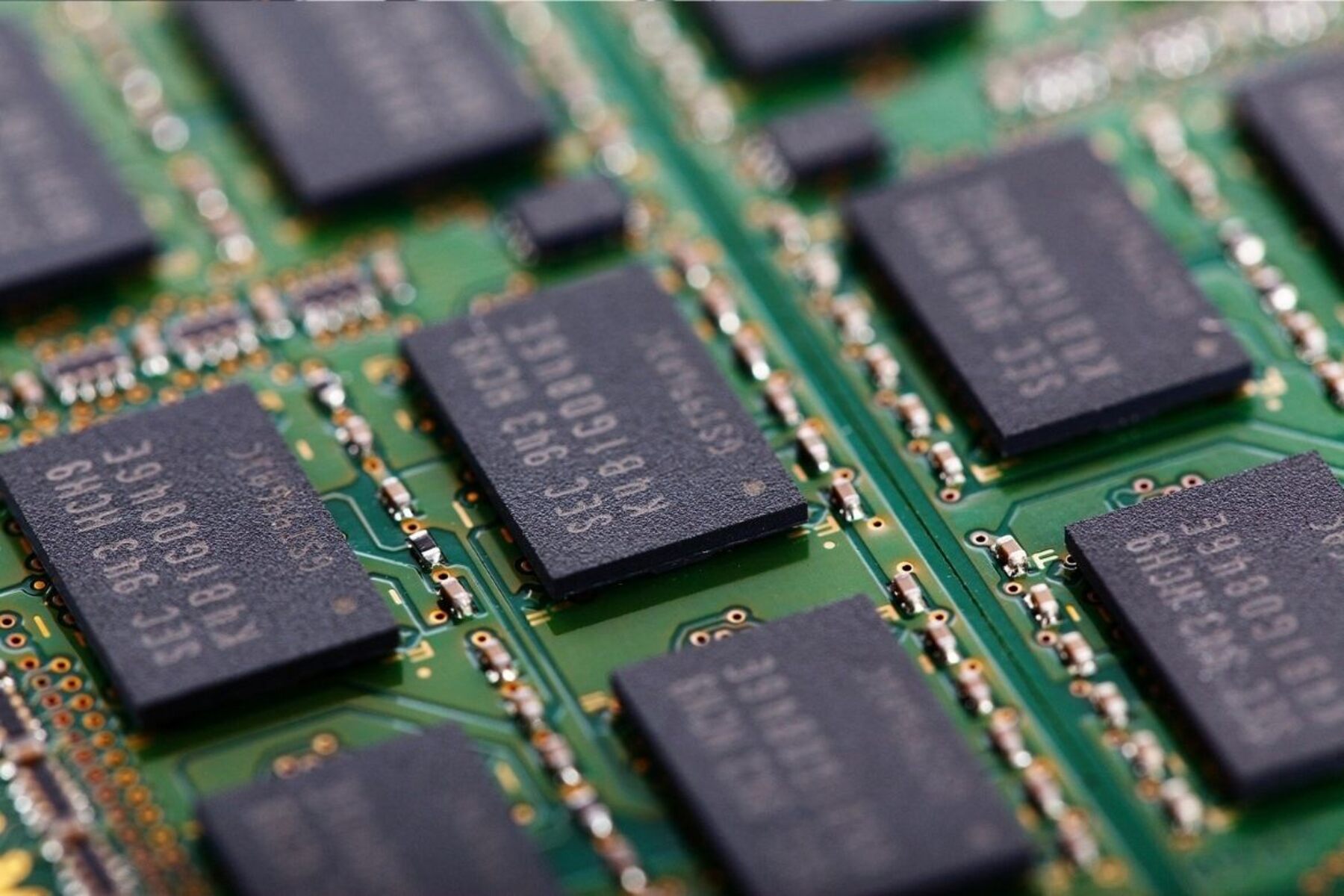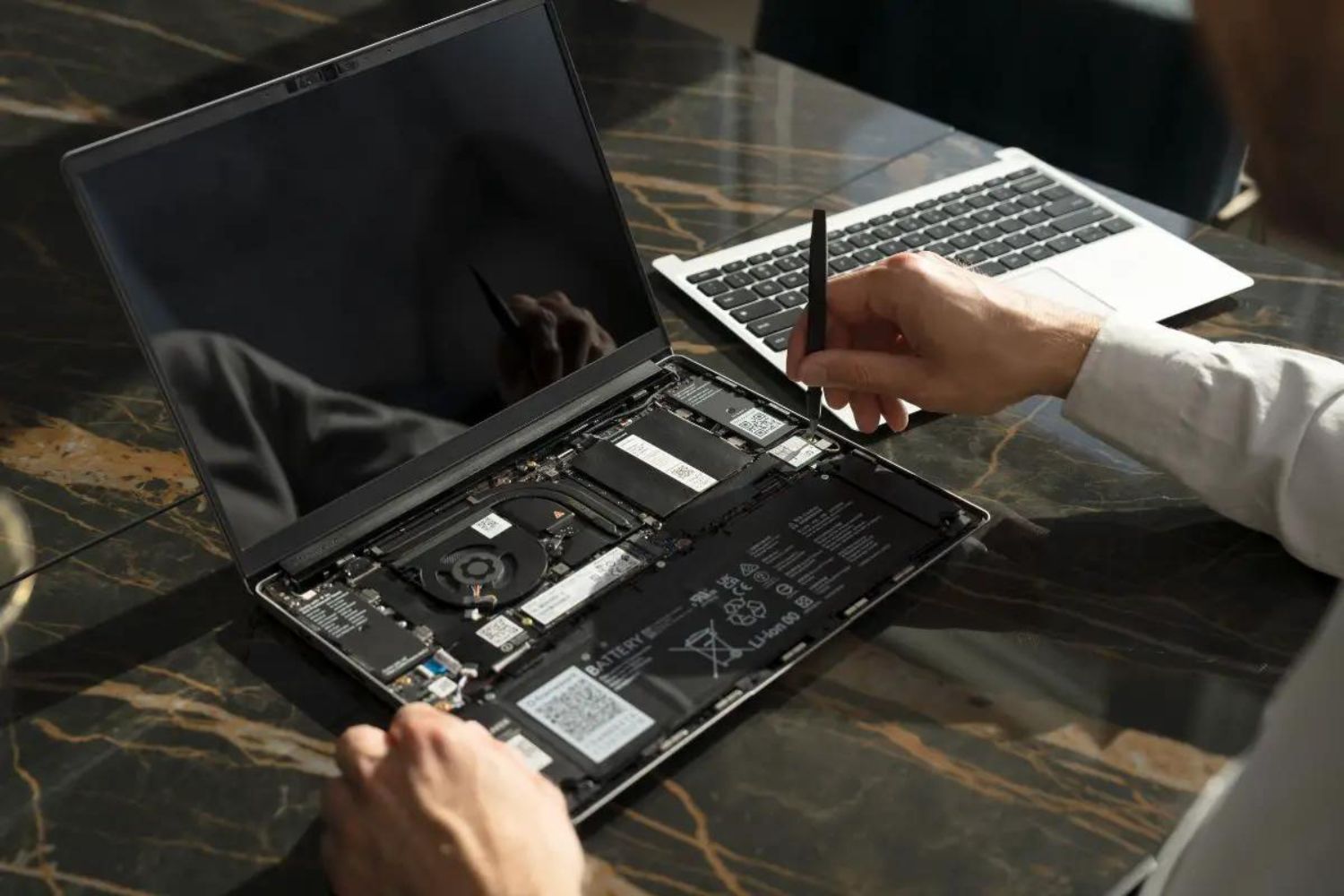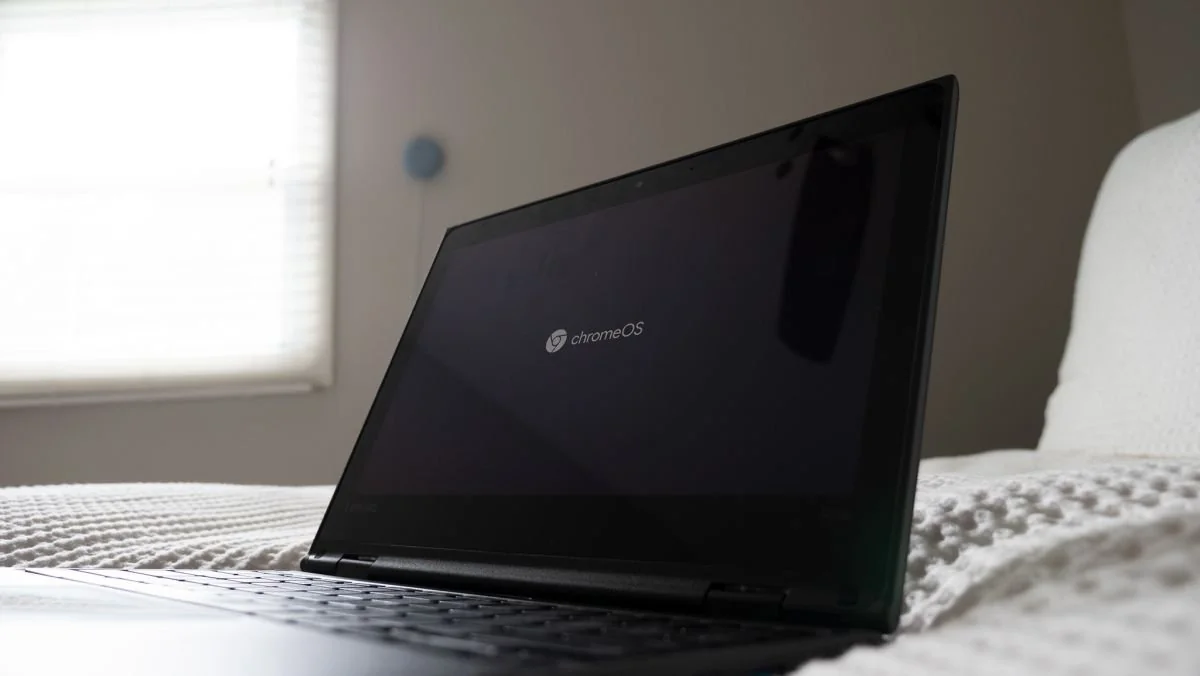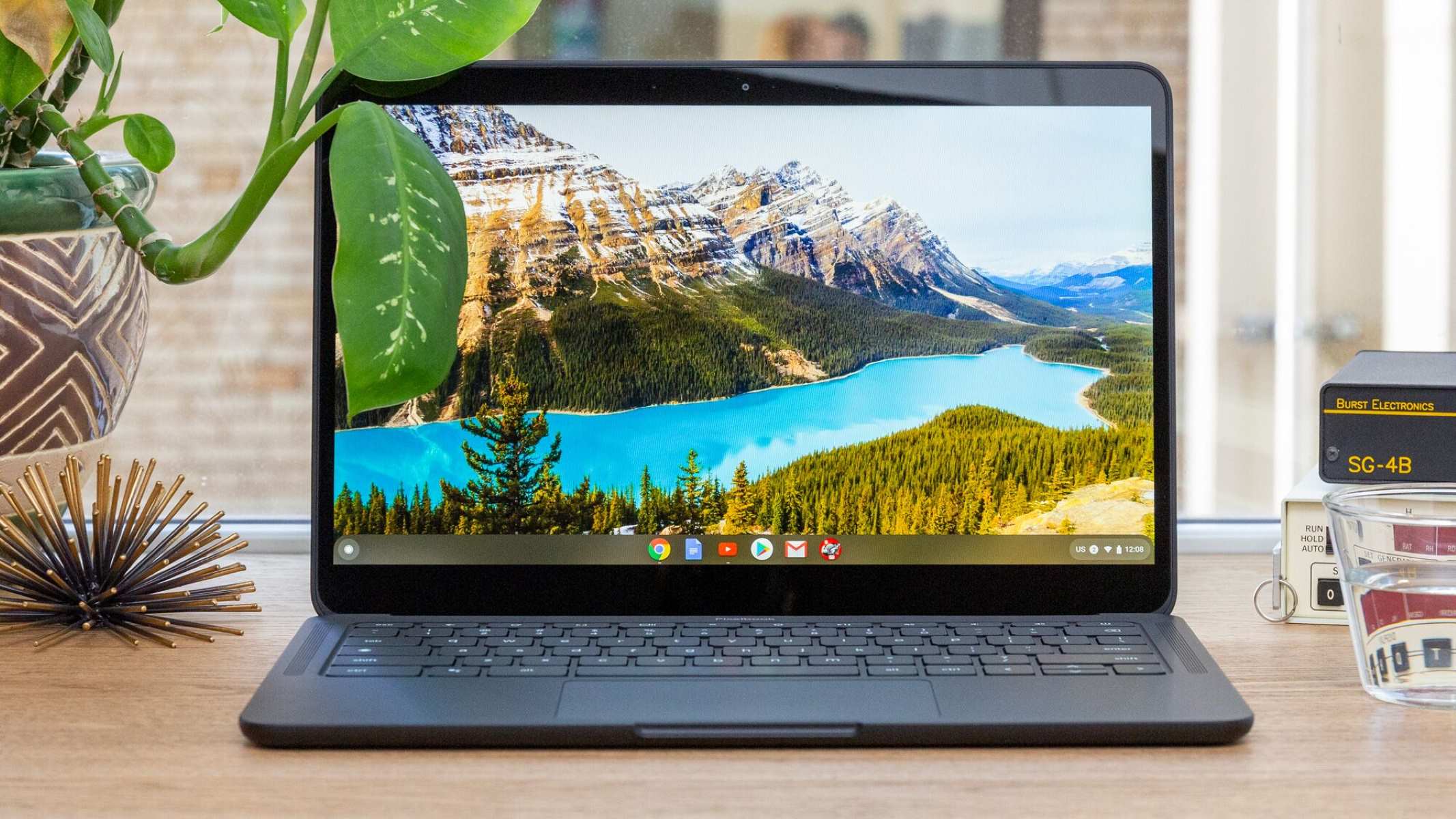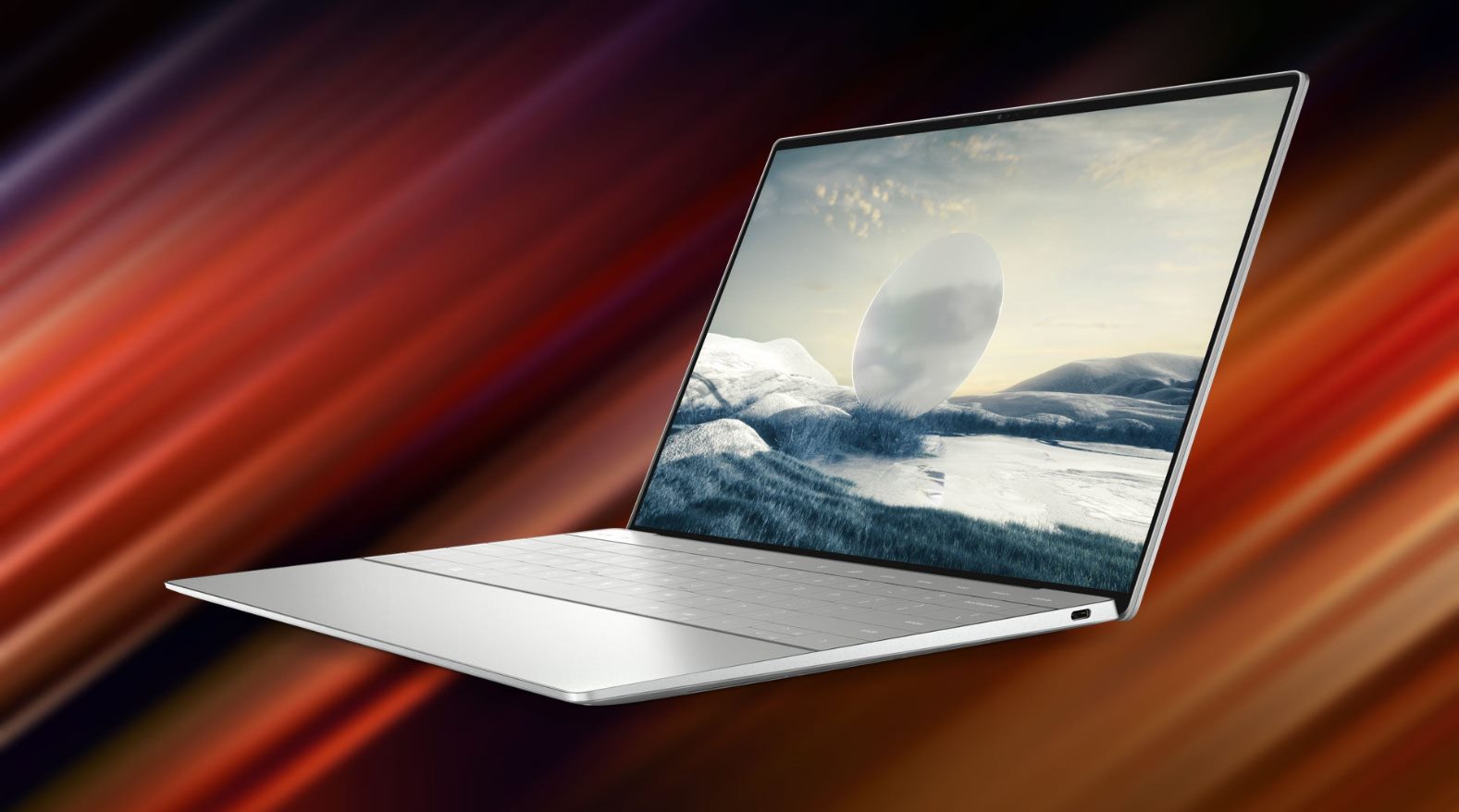What is RAM?
RAM, which stands for Random Access Memory, is a crucial component of any computer system, including Chromebooks. It is a type of volatile memory that allows the computer to temporarily store and access data that is actively being used. Unlike the permanent storage provided by the hard drive or SSD, RAM provides faster and more immediate access to data, which significantly affects the performance and responsiveness of the device.
When you open applications, browse the internet, or perform any tasks on your Chromebook, the required data is loaded into the RAM from the storage devices. This allows for quick execution of processes as the data is readily available. The more RAM your Chromebook has, the more data it can hold, resulting in smoother multitasking and faster performance.
RAM is essential for handling multiple tasks simultaneously. Each running application requires a certain amount of RAM to function efficiently. For example, if you have multiple tabs open in your web browser, each tab consumes a portion of the available RAM. If the available RAM is insufficient, your Chromebook may slow down, freeze, or experience performance issues.
It’s important to note that RAM is a temporary storage medium. When you turn off or restart your Chromebook, all the data stored in RAM is cleared. This is why it’s vital to ensure you have enough RAM to handle your daily tasks without encountering performance bottlenecks.
In summary, RAM is a vital component in your Chromebook as it determines the device’s ability to handle various tasks simultaneously. It acts as temporary storage for active data, allowing for smooth multitasking and faster performance. The more RAM you have, the better your Chromebook can handle resource-intensive tasks.
RAM in Chromebooks
Chromebooks, which run on Chrome OS, have unique characteristics when it comes to RAM compared to traditional laptops and desktop computers. Chromebooks are designed to be lightweight, affordable, and optimized for web-based tasks and applications. As a result, they typically have lower RAM capacities than their Windows or Mac counterparts.
Chromebooks typically come with RAM capacities ranging from 2GB to 16GB, with 4GB and 8GB being the most common options available. It’s important to note that Chrome OS is a lightweight operating system that doesn’t require as much memory as resource-intensive software like video editing applications or high-end games. Therefore, Chromebooks can perform well with lower RAM capacities.
The amount of RAM you need on your Chromebook depends on your specific usage requirements. If you primarily use your Chromebook for browsing the internet, checking emails, and using web apps, 4GB of RAM should be sufficient. However, if you frequently engage in more demanding tasks like video streaming, running multiple applications simultaneously, or using Linux applications, you may benefit from 8GB or more of RAM.
It’s worth noting that while Chromebooks have lower RAM capacities compared to some Windows or Mac devices, they are optimized to efficiently utilize available resources. Chrome OS is designed to be fast and lightweight, allowing for smooth performance even with lower RAM capacities.
Additionally, Chromebooks employ a unique feature called “tab discarding,” which intelligently manages RAM usage. When the available RAM becomes limited, Chrome OS automatically discards inactive tabs to free up memory for more important tasks, resulting in improved performance and responsiveness.
In summary, Chromebooks typically have lower RAM capacities compared to traditional laptops. However, thanks to the lightweight nature of Chrome OS and efficient resource management, Chromebooks can perform well even with lower RAM capacities. It’s important to consider your specific usage requirements when determining the appropriate amount of RAM for your Chromebook.
How much RAM does a Chromebook typically have?
Chromebooks come with varying amounts of RAM, ranging from 2GB to 16GB. However, the most common RAM capacities found in Chromebooks are 4GB and 8GB. The specific amount of RAM you will find in a Chromebook depends on the model, price range, and intended usage.
Entry-level Chromebooks often have 4GB of RAM, which is sufficient for basic web browsing, email, and light multitasking. With 4GB of RAM, you can comfortably have multiple browser tabs open, use web applications, and stream media without experiencing significant slowdowns.
On the other hand, mid-range and high-end Chromebooks usually offer 8GB of RAM. This higher RAM capacity allows for more efficient multitasking and handling of resource-intensive tasks. If you frequently work with demanding web applications, run Linux software, or engage in content creation, opting for a Chromebook with 8GB of RAM can provide smoother performance.
It’s worth noting that 16GB of RAM is not very common in Chromebooks and is typically reserved for models geared towards power users or those who require extensive multitasking capabilities. Chromebooks with 16GB of RAM are better suited for professionals who work with demanding applications or heavy multitasking scenarios.
The RAM capacity of a Chromebook primarily affects its ability to handle multiple tasks simultaneously and its overall performance. While 4GB of RAM can provide decent performance for most users, opting for a Chromebook with 8GB of RAM can offer a noticeable boost in multitasking capabilities and responsiveness.
It’s important to consider your specific needs and usage patterns when determining the appropriate RAM capacity for your Chromebook. If you mainly use your Chromebook for light web browsing, email, and casual use, 4GB of RAM should suffice. However, if you require more power and plan to use resource-intensive applications or engage in heavy multitasking, opting for a Chromebook with 8GB of RAM is recommended.
Keep in mind that RAM is not the only factor that determines a Chromebook’s performance. The processor, storage, and overall hardware quality also play significant roles in delivering a smooth and responsive user experience.
RAM requirements for different Chromebook tasks
The amount of RAM required for specific tasks on a Chromebook can vary depending on the complexity and resource demands of the applications or processes involved. Here are some common tasks and their corresponding RAM requirements:
- Web browsing and email: For basic web surfing, email, and casual browsing, 4GB of RAM is usually sufficient. You can easily open multiple tabs, switch between websites, and handle email without experiencing significant slowdowns.
- Streaming media: Streaming videos, movies, or music typically doesn’t require extensive RAM. 4GB of RAM should be sufficient for smooth streaming and playback.
- Using web applications: If you frequently use web-based applications like Google Docs, Sheets, or Slides, 4GB of RAM is usually adequate. These applications are optimized to work well with lower memory capacities.
- Multi-tab browsing: If you tend to have numerous tabs open simultaneously, especially for research or work purposes, opting for a Chromebook with 8GB of RAM can provide a smoother experience. The additional RAM allows for better performance when switching between tabs and handling multiple websites simultaneously.
- Content creation: If you engage in content creation tasks like photo editing or video editing on your Chromebook, opting for a model with 8GB or more of RAM is advisable. These resource-intensive tasks benefit from higher RAM capacities, as they require more memory to process and manipulate large files.
- Running Linux applications: If you plan on using Linux applications on your Chromebook, especially if they are more complex and demanding, opting for a model with 8GB or more of RAM is recommended. Linux applications often require more memory to run smoothly.
It’s important to consider your specific usage patterns and tasks when deciding on the appropriate amount of RAM for your Chromebook. While 4GB of RAM can handle most everyday tasks, opting for 8GB of RAM provides additional headroom and future-proofing for more demanding scenarios.
Keep in mind that while RAM is crucial, other factors like processor speed, storage capacity, and overall hardware quality also contribute to the performance and responsiveness of your Chromebook.
How to check the amount of RAM on your Chromebook
If you’re unsure about the amount of RAM your Chromebook has or want to verify the information, you can easily check it by following these simple steps:
- Open the Chrome browser on your Chromebook by clicking on the Chrome icon in the bottom left corner of the screen or by pressing the Search key and typing “Chrome.”
- In the Chrome browser, type “chrome://system” (without the quotes) in the address bar and press Enter. This will open the chrome://system page, which provides detailed information about your Chromebook’s hardware and software.
- Scroll down the page until you find the “memory” section. Here you’ll see the detailed information about your Chromebook’s RAM.
- Look for the line that says “total_memory.” Next to it, you’ll see the amount of RAM installed in your Chromebook, usually listed in gigabytes (GB).
For example, if it says “total_memory: 8GB,” it means your Chromebook has 8 gigabytes of RAM.
Checking the RAM on your Chromebook can be helpful for understanding its capabilities and determining if it meets your needs. It’s worth noting that the amount of RAM displayed may be slightly less than the advertised capacity due to system requirements and reserved memory for the operating system.
If you own a Chromebook with expandable or upgradeable RAM, the “total_memory” line may display the current installed RAM. In this case, if you plan to upgrade the RAM in the future, you can refer to the manufacturer’s instructions or consult a professional to determine the maximum RAM capacity supported by your specific Chromebook model.
By checking the amount of RAM on your Chromebook, you can make informed decisions about managing your device’s resources and understanding its performance capabilities.
Can you upgrade the RAM on a Chromebook?
Whether or not you can upgrade the RAM on a Chromebook depends on the specific model and hardware design. Unlike traditional laptops or desktop computers, most Chromebooks have their RAM soldered directly onto the motherboard, making it non-removable and non-upgradeable.
This means that if you own a Chromebook with soldered RAM, you won’t be able to upgrade or replace the RAM module yourself. The RAM capacity is fixed and cannot be changed after purchase.
However, there are a few Chromebook models, mainly the higher-end or premium options, that feature a socketed RAM module, allowing for RAM upgrades. If you have one of these models, upgrading the RAM involves opening the device, identifying the RAM slot, and replacing the existing RAM module with a higher-capacity one.
It’s important to note that accessing and replacing the RAM on a Chromebook requires technical expertise and may void the device’s warranty. It’s recommended to consult the manufacturer’s documentation or contact their support team for guidance on upgrading the RAM in your specific Chromebook model.
If you own a Chromebook that doesn’t support RAM upgrades, you can still optimize its performance and memory usage by following a few best practices:
- Close unused tabs and applications to free up memory. Each open tab or running application consumes a portion of your available RAM.
- Clear cache and browsing history regularly to prevent excessive memory usage.
- Consider using lightweight web applications or cloud-based alternatives that require fewer resources.
- Regularly update your Chrome OS to benefit from performance improvements and optimizations that can enhance RAM utilization.
By following these practices, you can ensure that your Chromebook runs smoothly and efficiently, even without the ability to upgrade the RAM.
How does RAM affect the performance of a Chromebook?
RAM, or Random Access Memory, plays a crucial role in determining the performance and responsiveness of a Chromebook. It directly impacts the Chromebook’s ability to handle multiple tasks simultaneously and efficiently access data. Here’s how RAM affects the performance of a Chromebook:
1. Multitasking: RAM allows a Chromebook to manage and run multiple applications or browser tabs simultaneously. With more RAM, a Chromebook can smoothly handle multitasking scenarios, such as having multiple tabs open, running web applications, or using Android apps. Insufficient RAM can cause slowdowns, sluggishness, and even crashes when too many resources are being used.
2. Application performance: RAM directly affects the performance of applications running on a Chromebook. Applications need to load data into RAM for quick access and processing. Insufficient RAM can lead to slower application loading times, delays in task execution, and overall reduced performance. Adequate RAM allows applications to run smoothly and respond quickly to user input.
3. System responsiveness: RAM plays a critical role in the responsiveness of a Chromebook. When data is readily available in RAM, the system can quickly access and retrieve it, resulting in faster response times and smoother user experience. Insufficient RAM can cause delays in performing tasks, as the system needs to constantly retrieve data from the slower storage devices.
4. Resource-intensive tasks: Resource-intensive tasks, such as running multiple virtual machines, editing large media files, or using Linux applications, require more RAM to handle the increased demands. Insufficient RAM can lead to performance bottlenecks, slower processing times, and decreased efficiency in completing these tasks.
5. Tab management: RAM is particularly important for managing browser tabs on a Chromebook. Each open tab consumes a portion of available RAM, and if the RAM capacity is exceeded, the system may start to slow down or even crash. Having ample RAM allows for smoother tab switching, faster website loading times, and improved overall browsing experience.
6. Future-proofing: As technology continues to evolve and applications become more demanding, having sufficient RAM in a Chromebook can help future-proof the device. More RAM allows for better compatibility with newer software, ensuring that the Chromebook can handle upcoming updates and improvements without experiencing performance issues.
In summary, RAM directly impacts the multitasking capabilities, application performance, system responsiveness, and overall user experience on a Chromebook. A higher RAM capacity allows for smoother multitasking, faster application performance, and improved system responsiveness. It is important to consider your specific usage requirements when selecting a Chromebook with an appropriate amount of RAM to ensure optimal performance for your needs.
Tips for optimizing RAM usage on your Chromebook
Optimizing RAM usage on your Chromebook can help improve performance and ensure smooth multitasking. Here are some tips to help you make the most out of your available RAM:
- Close unused tabs: Each open tab consumes a portion of your available RAM. Closing unused tabs can free up memory for other tasks and prevent unnecessary strain on system resources.
- Use the “Tab Discarding” feature: Chrome OS has a built-in feature called “Tab Discarding” that automatically frees up RAM by discarding inactive tabs. Enable this feature in Chrome Settings to prioritize active tabs and optimize RAM usage.
- Manage extensions: Extensions can use up RAM, especially if they run in the background. Disable or remove unnecessary extensions to reduce the memory footprint and improve overall system performance.
- Clear browser cache: Clearing your browser’s cache regularly can free up valuable RAM by removing temporary files and data. Go to Chrome Settings, navigate to Privacy and Security, and click on “Clear browsing data” to clear the cache.
- Limit open applications: Too many open applications can strain your Chromebook’s RAM. Close applications that are not actively in use to free up resources and improve performance.
- Use lightweight alternatives: Choose lightweight web applications or progressive web apps (PWAs) whenever possible. These alternatives tend to use fewer system resources, including RAM, resulting in better performance on your Chromebook.
- Adjust system settings: Chrome OS provides various power and performance settings that can help optimize RAM usage. Check your system settings and consider adjusting them to balance performance and power consumption based on your needs.
- Regularly update Chrome OS: Keeping your Chromebook’s operating system up to date ensures that you have the latest performance improvements and optimizations. These updates can enhance RAM utilization and overall system efficiency.
- Restart your Chromebook: Periodically restart your Chromebook to clear the memory and refresh system resources. This can help alleviate any memory leaks or excessive RAM usage that may have accumulated over time.
- Consider hardware limitations: Understand the hardware limitations of your Chromebook. If you have a lower RAM capacity model, be mindful of your multitasking habits and adjust your usage accordingly to avoid excessive strain on system resources.
By implementing these tips, you can optimize the RAM usage on your Chromebook and ensure smooth performance for your day-to-day tasks and activities.
What to consider when buying a Chromebook based on RAM capacity
When purchasing a Chromebook, the RAM capacity is an important factor to consider as it directly impacts the device’s performance and capability to handle various tasks. Here are some key considerations regarding RAM capacity when buying a Chromebook:
- Usage requirements: Consider your specific usage requirements. If you primarily use your Chromebook for basic web browsing, email, and light productivity tasks, a Chromebook with 4GB of RAM should suffice. However, if you engage in more demanding tasks such as content creation, running Linux applications, or heavy multitasking, opt for a Chromebook with 8GB of RAM or more.
- Future-proofing: Think about the longevity of your purchase. As software and applications evolve, they may become more resource-intensive, requiring more RAM to run smoothly. Opting for a Chromebook with higher RAM capacity can provide better future-proofing and ensure optimal performance as your needs evolve over time.
- Budget: RAM capacity impacts the cost of a Chromebook. Generally, Chromebooks with higher RAM capacities tend to be more expensive. Evaluate your budget and prioritize the RAM capacity based on your usage requirements. Consider if the extra investment in higher RAM capacity is necessary for your specific needs or if you can comfortably manage with a lower capacity option.
- System requirements of desired applications: If you plan to use specific applications or software that have higher RAM requirements, ensure the Chromebook you choose meets or exceeds these requirements. Some applications, especially more resource-intensive ones like video editing tools or gaming software, may recommend a minimum RAM capacity for optimal performance.
- Manufacturer and model: Different manufacturers and models offer varying RAM configurations. Research reputable manufacturers and read reviews to understand the performance and reliability of their Chromebooks. Look for models that offer a balance between RAM capacity, processing power, and other hardware specifications to meet your needs.
- Consider upgradeability: Some Chromebook models feature upgradeable RAM, allowing you to increase the RAM capacity in the future if needed. If this is important to you, check if the Chromebook you are considering has this feature and understand the process and compatibility for RAM upgrades.
By considering these factors, you can make an informed decision on the appropriate RAM capacity for your Chromebook purchase. Remember to strike a balance between your usage requirements, future needs, budget, and the overall performance and reliability of the Chromebook model.
Conclusion
RAM is a crucial component that significantly impacts the performance and multitasking capabilities of a Chromebook. Determining the appropriate RAM capacity for your Chromebook requires careful consideration of your usage requirements, future needs, and budget.
For basic web browsing, email, and light productivity tasks, a Chromebook with 4GB of RAM is usually sufficient. However, if you engage in more resource-intensive tasks like content creation, running Linux applications, or heavy multitasking, opting for a Chromebook with 8GB of RAM or more is advisable.
While RAM is essential, it’s important to remember that other factors such as the processor, storage, and overall hardware quality also contribute to the overall performance of a Chromebook. Balancing these factors is crucial to ensure optimal performance and a seamless user experience.
If possible, opt for a Chromebook with upgradeable RAM if you anticipate your needs may change in the future. This will allow you to increase the RAM capacity as required, extending the lifespan and performance of your device.
Lastly, consider trusted manufacturers and models that offer a suitable balance between RAM capacity, processing power, and other hardware specifications. Researching and reading reviews will help you make an informed decision and find a Chromebook that meets your specific needs and preferences.
By understanding the importance of RAM capacity and considering these factors, you can make a wise investment in a Chromebook that successfully meets your requirements, delivers smooth performance, and enhances your productivity and enjoyment of the device.







